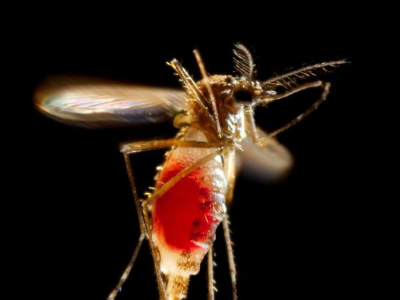Jan 7, 2005 (CIDRAP News) – The US Department of Homeland Security (DHS) yesterday issued a lengthy plan to outline and standardize how the federal government will respond to major emergencies ranging from bioterrorism to natural disasters.
The National Response Plan lays out a "unified and standardized approach" for federal agencies, in concert with state and local governments and private organizations, to use to protect the public and manage threats to security, DHS officials said in a news release. The plan also provides a framework to help private and nonprofit organizations plan their own preparedness activities.
"With the National Response Plan our nation and its federal, state, local, and tribal response communities now have a comprehensive, all-hazards tool for domestic incident management across the spectrum of prevention, preparedness, response, and recovery," Homeland Security Secretary Tom Ridge stated.
The 400-page plan was developed by teams of experts from federal agencies with the help of state, local, and tribal officials, local incident-response agencies, and private sector organizations from around the nation, DHS officials said.
At a press conference, Ridge emphasized the collaborative character of the plan and its development. "This is not a mandate," he said. "This is an agreement. This is an agreement between the state and the locals and the federal government . . . that this is what we can, should and will do together."
"The document truly brings the country together, to prevent, prepare for, and respond to major acts of terrorism, as we confront a determined, adaptive and creative adversary," he said.
The DHS announcement said the plan "standardizes federal incident response actions by integrating existing and formerly disparate processes. The Plan uses the National Incident Management System (NIMS) to establish standardized training, organization, and communications procedures for multi-jurisdictional interaction and clearly identifies authority and leadership responsibilities."
The plan gives the Department of Health and Human Services (HHS) the lead role in providing public health and medical services during disasters and emergencies, HHS officials said in a separate news release.
In this role, HHS will coordinate the marshaling of federal health and medical resources to help state, local, and tribal governments. Those resources include HHS assets such as emergency response teams, the Public Health Service Commissioned Corps, the Centers for Disease Control and Prevention, and the Strategic National Stockpile of drugs and medical equipment. HHS will also coordinate resources from other federal departments, such as medical facilities of the Department of Veterans Affairs and the Department of Defense.
The response plan includes a 7-page annex on the handling of "biological incidents," defined as a bioterrorism event, pandemic influenza, emerging infectious disease, or "novel pathogen outbreak."
Among the various guidelines and statements on the handling of biological incidents are the following:
- State, local, and tribal governments have the main responsibility for detecting and responding to disease outbreaks.
- If any agency sees evidence of possible bioterrorism, it must notify the FBI's Weapons of Mass Destruction Operations Unit, which in turn is to notify DHS.
- The FBI takes the lead in determining if there is possible criminal intent behind an incident.
- Public announcements about threatened or actual bioterrorism events must be coordinated with DHS.
- The "overarching goal" in managing any biological incident is to quickly develop "a dynamic prioritized list of treatment recommendations based on epidemiologic risk assessment and the biology of the disease/microorganism in question, linked to the deployment of the SNS [Strategic National Stockpile] and communicated to the general public.
- If critical health or medical resources are in short supply, the HHS secretary makes recommendations to DHS about rationing.
A DHS fact sheet says the plan establishes several new coordinating authorities, including the Homeland Security Operations Center, which serves as the primary national hub for "domestic situational awareness and interagency coordination." The plan also provides for "joint field offices," which will be temporary federal facilities to coordinate support for state, local, and tribal authorities.
See also:


















